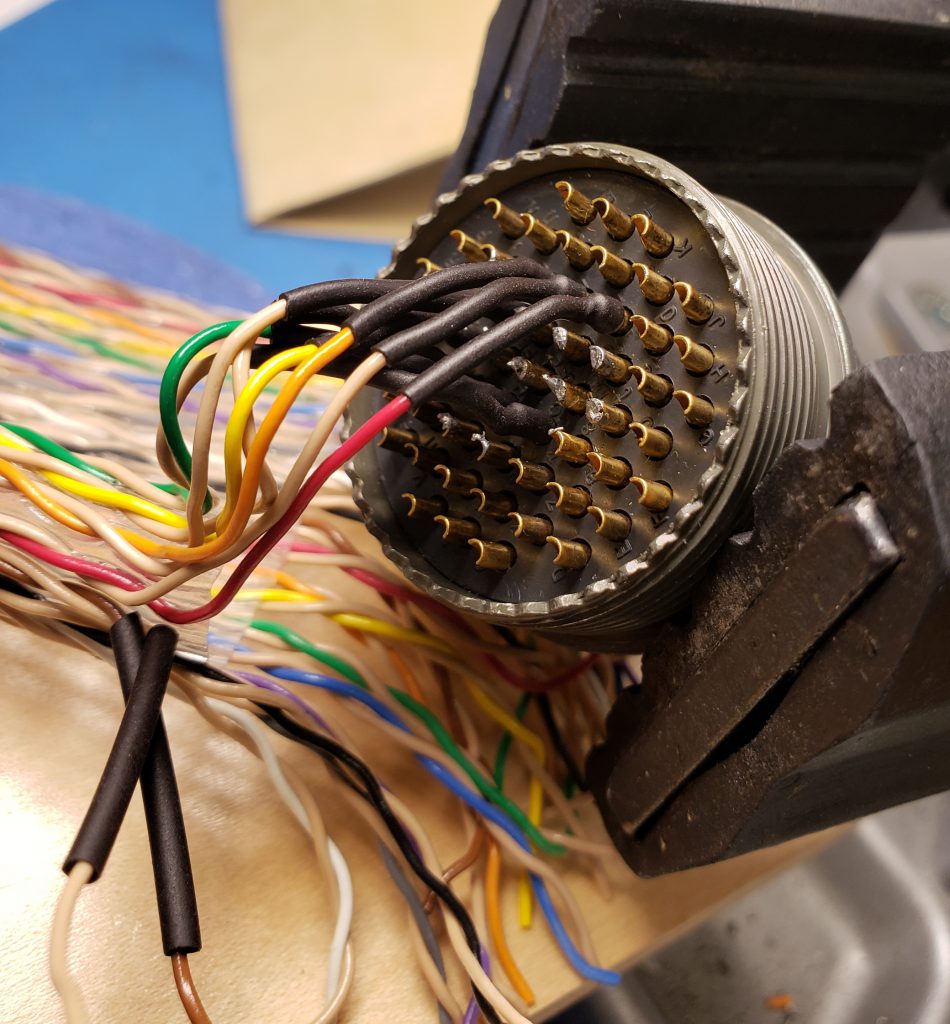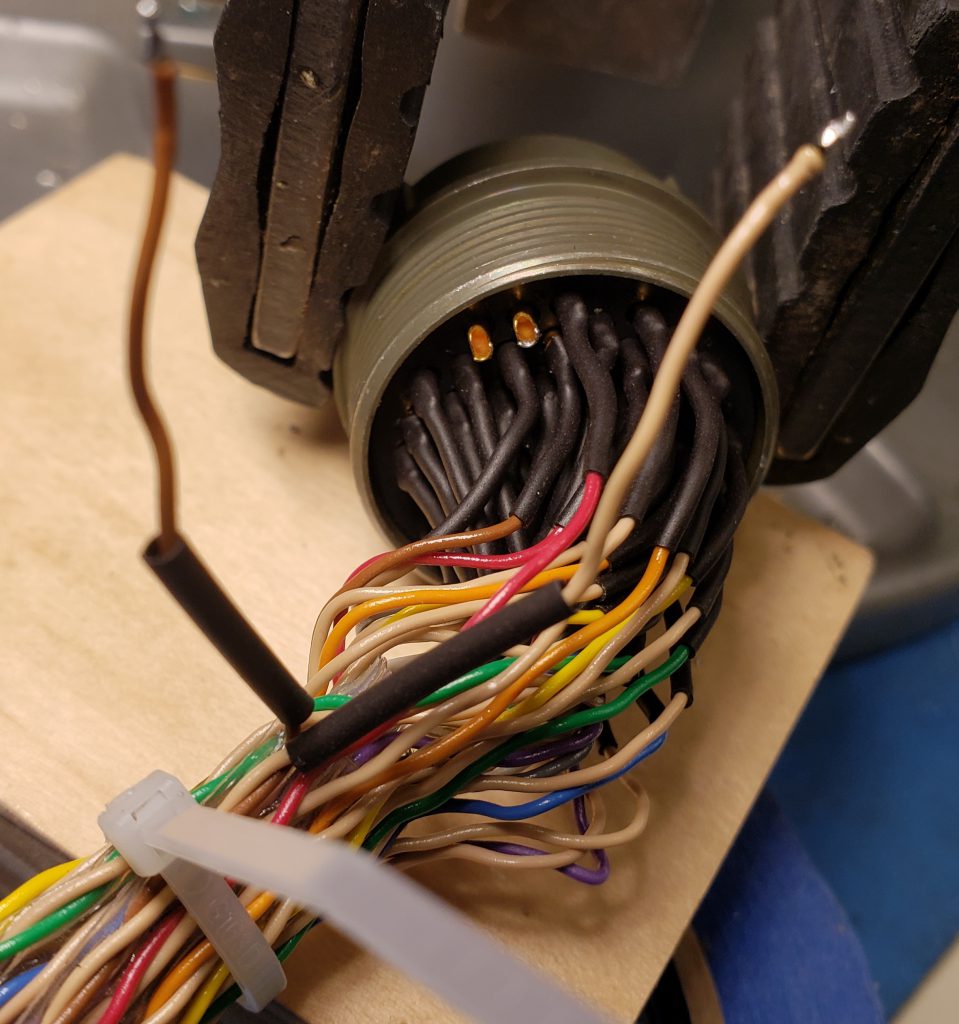In February 2016, a wonderful piece of news came to the attention of the international vintage computing community: The source of the original implementation of the Unix operating system, written for the DEC PDP-7 computer, had come to light, in the form of listings for the kernel and several user programs (including the editor and the assembler program). The announcement came from Warren Toomey, founder of The Unix Historical Society (TUHS) in Australia.
Warren asked if we might be interested in participating in the recovery of this historic software, and perhaps run it on the PDP-7 here.1 We were very interested, and Josh Dersch began thinking about how to do this without a disk drive, since our PDP-7 did not have one.
Two months later, Fred Yearian visited the museum and told us that he had a PDP-7 in the basement of his house. Fred, a retired Boeing engineer, had acquired the system many years earlier from Boeing Surplus, and kept it in semi-running condition. In 2018, Fred made arrangements to donate his PDP-7 to the museum, and it was moved to the computer room on the third floor, where Fred worked with Jeff Kaylin to put it into good running order.
This PDP-7 included a non-DEC interface which was installed by Boeing, and which was apparently a controller for a magnetic tape drive. Jeff and Fred traced the circuitry for the interface, and Jeff created schematics for it.
Fred had a utility program for the PDP-7 which was written as a set of binary numbers (represented in octal = base 8) in an assembly lnaguage program for a Varian minicomputer. He translated the binary representations of the PDP-7 instructions into an assembly language program for the PDP-7, which Rich Alderson compiled using a program for Windows originally created for the family of simulation programs for DEC’s 18 bit computers.2 Fred added new features as the restoration of his PDP-7 progressed and new needs were recognized.
Meanwhile, enthusiasts had added features to the SimH PDP-7 simulator such as a simulated disk of the kind used on the PDP-7 at Bell Labs where Unix was created, which allowed the operating system to be run under a PDP-7 simulation. Some programs were missing from the source listings provided to Warren Toomey, including the shell command processor, and these had to be recreated from scratch based on early documentation and programming notes.
As part of our Unix@50 programming, celebrating the 50th anniversary of the Unix operating system, we moved Fred’s PDP-7 from the third floor computer room to the second floor exhibit hall in June 2019. It formed one of the anchors of a private event hosted by https://SDF.org for attendees of the Usenix Technical Conference in July.
Following the move to the exhibit hall, Fred and Jeff continued the restoration in view of the public, answering questions as they worked. Jeff also designed a device, dubbed the JK09,3 which looks to the PDP-7 like a kind of disk connected to the interface installed by Boeing. Once that was debugged, it was time for the software to be revisited.
Josh Dersch took the lead, copying the Unix Version 0 sources and modified SimH PDP-7 simulator from GitHub, then modifying that to use the JK09 device instead of the RB09 simulated by SimH. Once he had Version 0 running under SimH, he created a disk image which was loaded into the JK09 attached to the PDP-7, and Unix was booted on the system.


